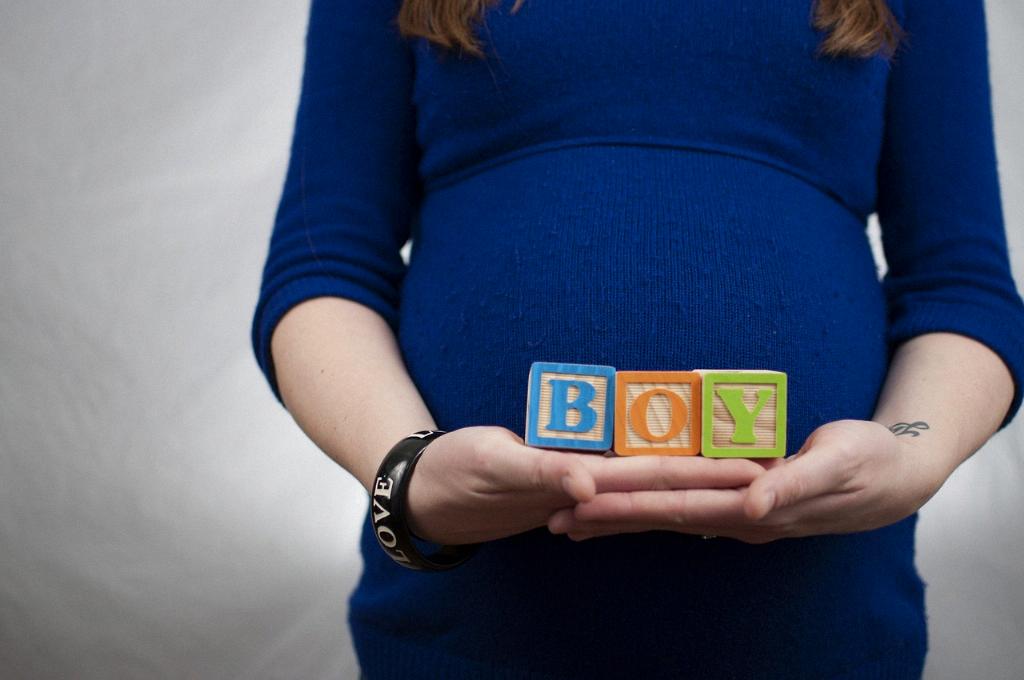When discussing the possibility of having a positive pregnancy test without a baby in the uterus, it is crucial to delve into the concept of anembryonic pregnancies. Also known as a blighted ovum, this condition occurs when a sac and placenta develop, but no embryo forms within the uterus.
Positive Pregnancy Test in Anembryonic Pregnancy
Despite the absence of a developing baby, an anembryonic pregnancy can yield a positive pregnancy test result. This occurrence is due to the continued production of pregnancy hormones by the placenta, even in the absence of an embryo. As a result, the pregnancy test detects the presence of these hormones, leading to a positive result.
Signs and Symptoms of Anembryonic Pregnancy
Individuals experiencing anembryonic pregnancies may initially exhibit typical signs and symptoms of pregnancy, such as missed periods, breast tenderness, and nausea. However, as the condition progresses, further diagnostic tests, such as ultrasound examinations, may reveal the absence of a developing fetus within the gestational sac.
Emotional Impact of Anembryonic Pregnancy
Experiencing an anembryonic pregnancy can bring about a range of emotional responses. The initial excitement of a positive pregnancy test followed by the realization of no baby in the uterus can be profoundly challenging for individuals and couples. It is essential to seek support and guidance during this difficult time.
Understanding Miscarriage and Its Variants
Anembryonic pregnancies fall under the spectrum of miscarriages, which encompass various types of pregnancy loss. While anembryonic pregnancies involve the absence of a developing embryo, other miscarriage variants may involve the loss of a developing fetus at different stages of gestation.
Diagnostic Procedures for Anembryonic Pregnancy
To confirm an anembryonic pregnancy, healthcare providers may utilize ultrasound imaging to visualize the contents of the uterus. In cases where an embryo is not detected within the gestational sac, a diagnosis of a blighted ovum can be made.
Treatment Options for Anembryonic Pregnancy
Management of anembryonic pregnancies may involve expectant management, where the body naturally processes the pregnancy tissue. In some cases, medical interventions such as medication or surgical procedures may be recommended to address the condition.
Support and Counseling for Individuals
During the emotional aftermath of anembryonic pregnancy, seeking support from healthcare professionals, counselors, or support groups can be beneficial. Processing feelings of grief, loss, and confusion is essential for emotional healing and well-being.
Future Pregnancy Planning
Individuals who have experienced an anembryonic pregnancy may have concerns and anxieties about future pregnancies. Consulting with healthcare providers to discuss preconception care, genetic counseling, and emotional preparedness can aid in planning for subsequent pregnancies.
Educational Awareness and Advocacy
Raising awareness about anembryonic pregnancies and miscarriage variants is crucial for destigmatizing pregnancy loss and providing support to individuals facing such challenges. Advocacy for comprehensive reproductive healthcare and emotional support is essential in promoting holistic well-being.
Conclusion
In conclusion, the presence of a positive pregnancy test without a baby in the uterus can indicate the occurrence of anembryonic pregnancy. Understanding the complexities of pregnancy loss, seeking appropriate medical care, and engaging in emotional support are vital steps in navigating this challenging experience.

